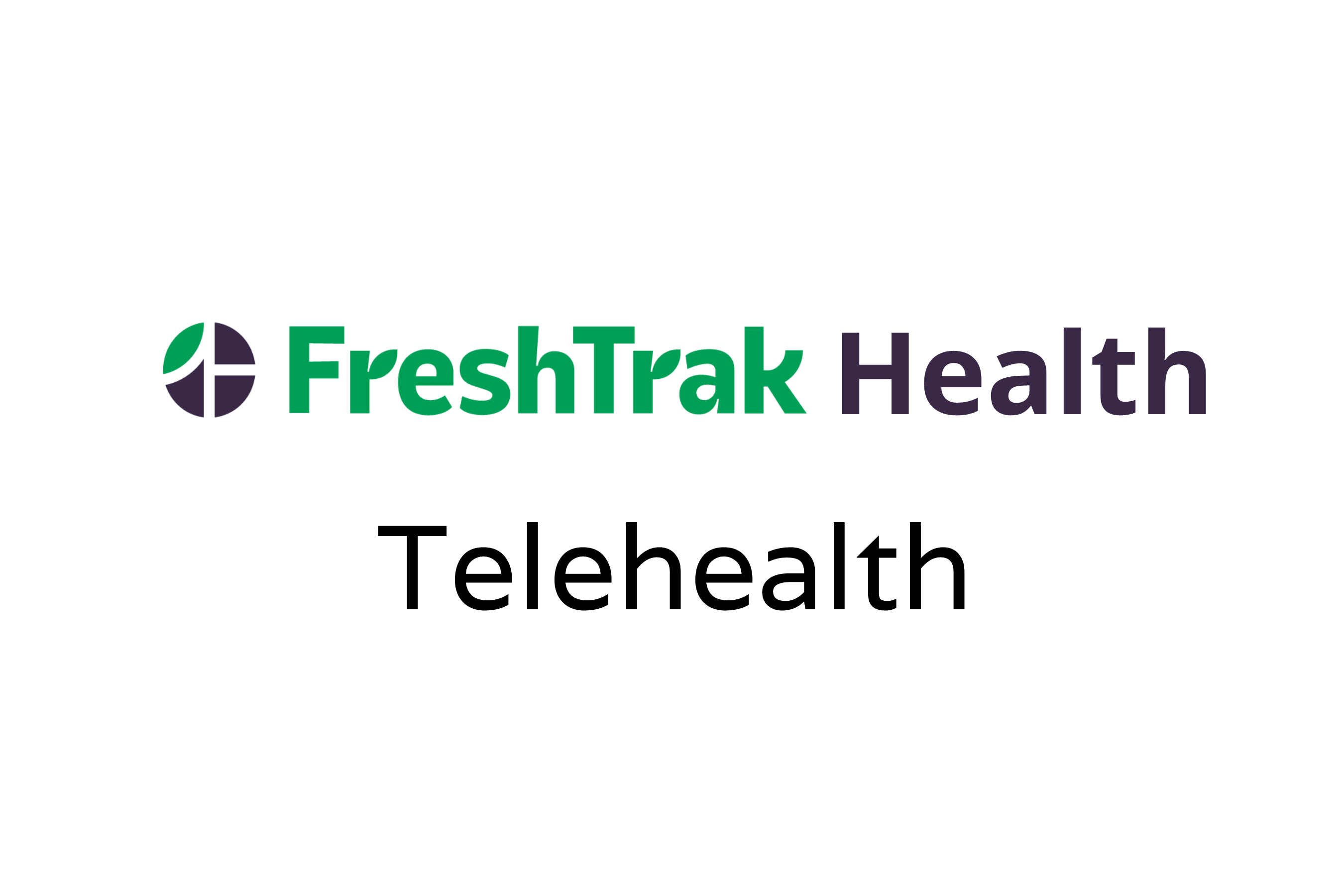Regular access to healthcare is an important part of maintaining overall health. But – it really goes further than that. Our physicians and other healthcare providers are in a sense like family. We trust them with information that help us live our best lives. No one else in the world has the same relationship as a doctor with their patient. Nothing can really replace that one-on-one, face-to-face time we have with them.
Enter the coronavirus pandemic of 2020. The impact of the pandemic on all types of in person interactions is still very fresh in our minds. State shutdowns of all non-essential businesses. All non-emergency care suspended at hospitals and physician offices. People out of work. Food insecurity rates higher than we have seen in more than 10 years. It is something we are still living with today despite a vaccine being available, and the full impact has still not been realized.
These challenges presented an opportunity – and a necessity – for medical and social services to change the way they did business with customers and patients almost overnight. In a matter of days, food banks and food pantries across the US figured out how to distribute food in a fully touchless, socially distanced way. Similarly, during the last week of March 2020 after many US states were on lockdown, telehealth visits increased 154% compared to that same week of March 2019. Many of us have become experts at interacting virtually – be it with our doctors, employers, or family and friends.
Mid-Ohio Farmacy is an initiative between Mid-Ohio Food Collective and healthcare providers to connect patients and their households to the food they need to best manage their health and live an active and healthy life. Traditionally in this partnership, healthcare providers screen for food insecurity during the patient’s in person office visit and each patient is given a physical ‘loyalty card’ with a unique identifier that is used in the Farmacy program. The temporary closure of provider offices as a result of the pandemic halted screening and enrollment into the Mid-Ohio Farmacy program at some of our partner clinics at a time when food insecurity screening and regular access to healthy food was more important than ever.
The Mid-Ohio Farmacy team had been discussing remote enrollment into the Farmacy program via a telehealth for some time. The pandemic reprioritized our efforts, and by ‘turning on a dime’, providers at one of our partner health systems are now able to screen and enroll food insecure patients during a telehealth visit. In this process, patients see their provider via a video platform. The provider proceeds as normal, screening the patient for food insecurity and documenting the result. However, now if a patient screens as food insecure, the provider can generate and document the patient’s unique Farmacy ID number from a pre-determined set of numbers, and the patient’s loyalty card with their corresponding ID is mailed to their home following their visit. The healthcare provider has shifted all referrals to this method in order to streamline their work, and thus far nearly 300 patients have been screened and enrolled via telemedicine since September 2020. This method is in ‘proof of concept’ phase right now, but as virtual visits with medical providers continue, we hope to be able to do this with other Farmacy partnering healthcare providers.
Remote enrollment into the Farmacy program via telemedicine definitely has some advantages. It allows for continuity of care for patients during times when we cannot meet in person. It also allows for increased access for patients that do not have access to transportation but do have access to a smartphone or other technology to reach their medical provider. This is particularly important as we think about rural access to healthcare. At the same time, there are also limitations to remote enrollment into Farmacy. Access to the internet is a challenge in many areas due to cost and access to appropriate internet speeds. Additionally, with all of the tech advances we have seen during the pandemic, nothing replaces that in-person interaction with your doctor. Taken together, we hope this advancement allows for more people to access healthy food on a regular basis to help break the cycle of food insecurity and chronic disease.

